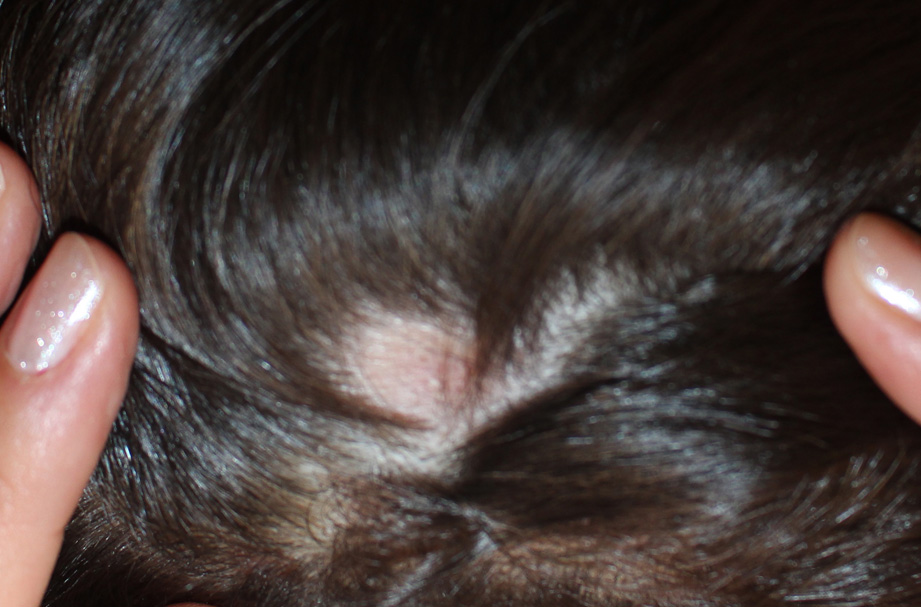Tick bite-induced transient inflammatory alopecia.

Downloads
DOI:
https://doi.org/10.26326/2281-9649.29.2.1990How to Cite
Abstract
The localized skin lesions due to the tick bite are very different ranging from a mild inflammation to infiltrative, granulomatous reactions till massive tissue necrosis. The intensity of the lesions depends essentially on the time the tick persists on the skin and is mediated by the vasodilator, anticoagulant and anesthetizing substances present in the tick’s saliva.
When the tick affects the scalp it can cause alopecia, rarely cicatricial in the case of massive necrosis, more often transient. Fewer than 10 cases of the latter have been described so far in the literature. The precise cause of this alopecia is not known, but a miniaturization of follicles and hair follicles with high hair counts in catagen and telogen have been demonstrated (1).
A transient alopecia of the scalp can also be induced by other arthropods such as fleas and ants (2).
